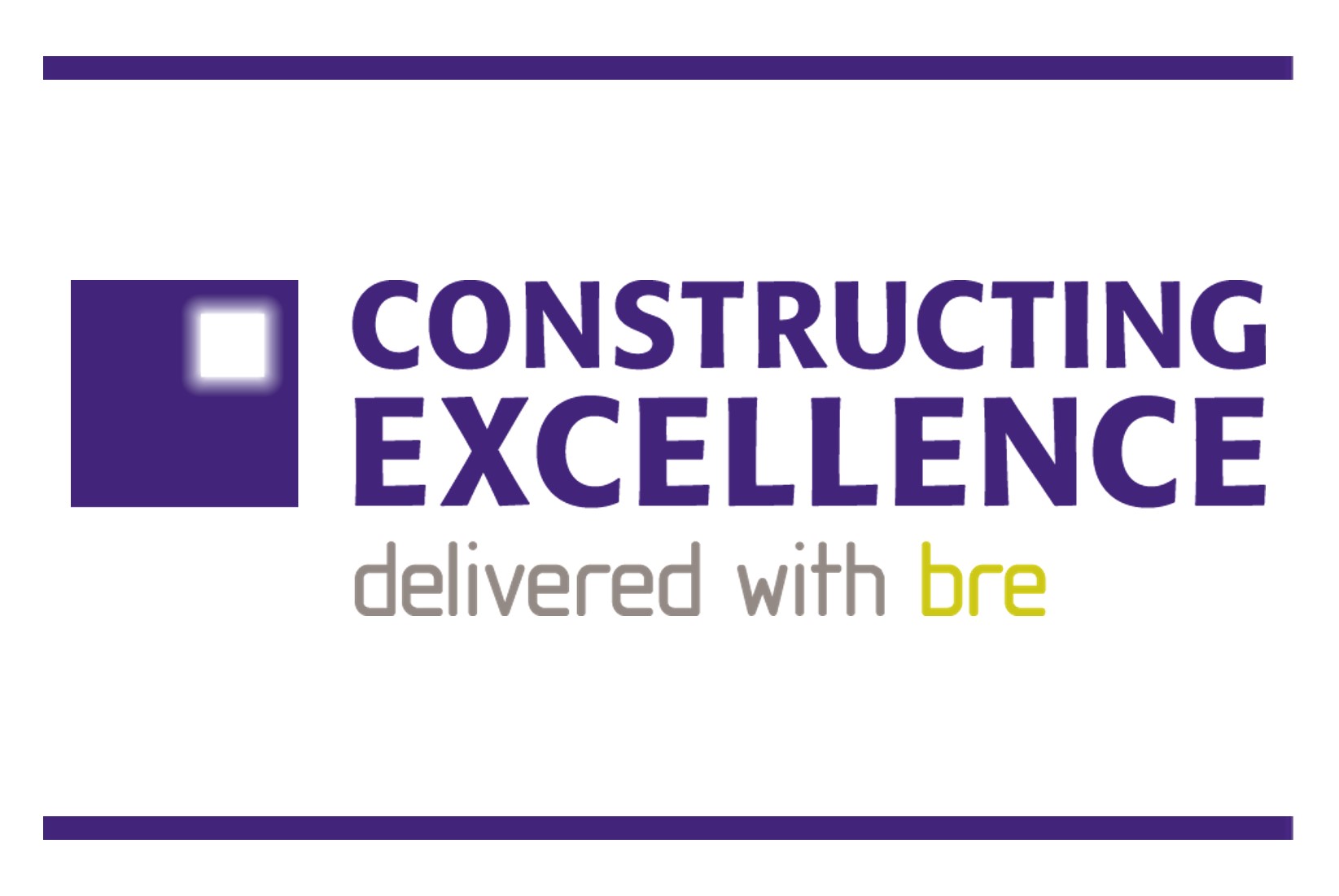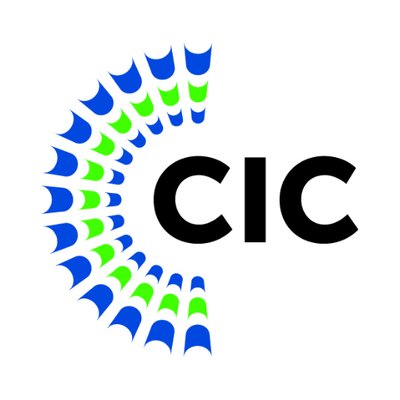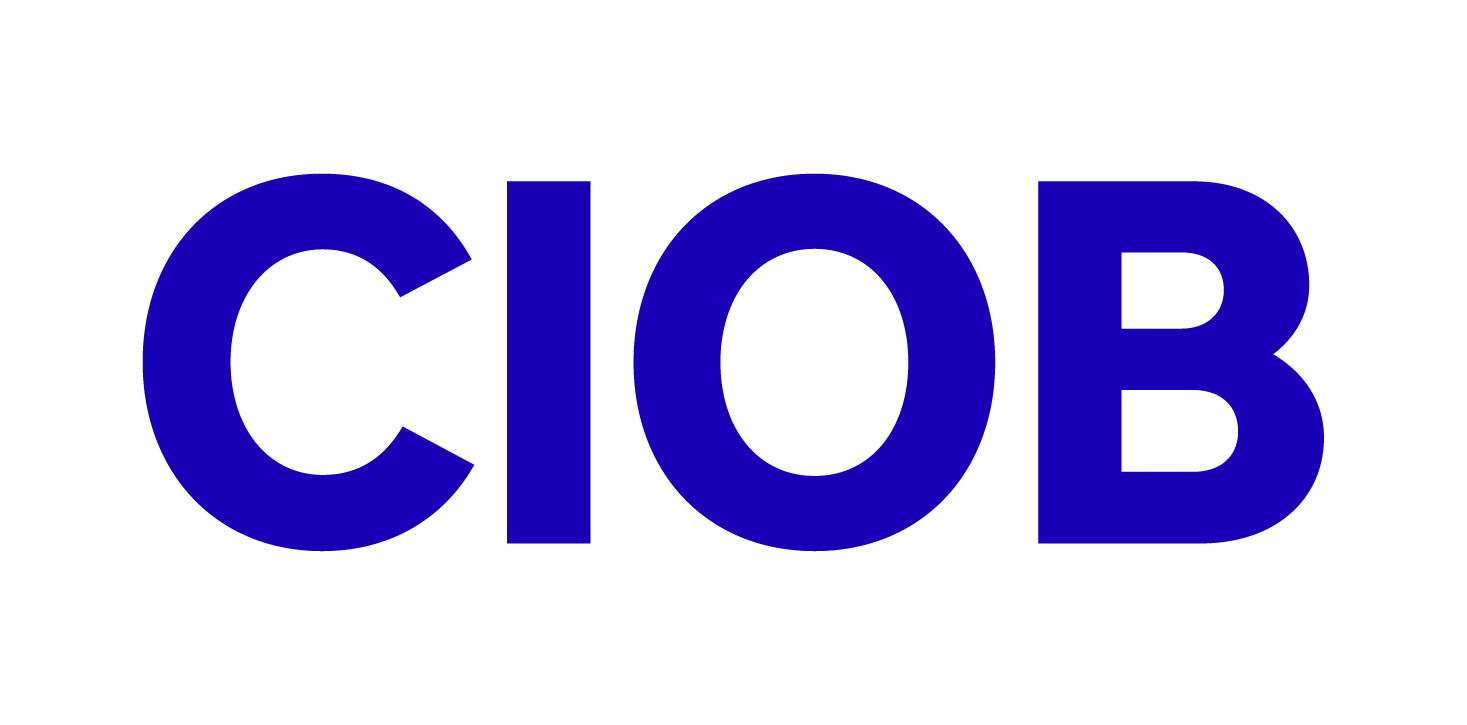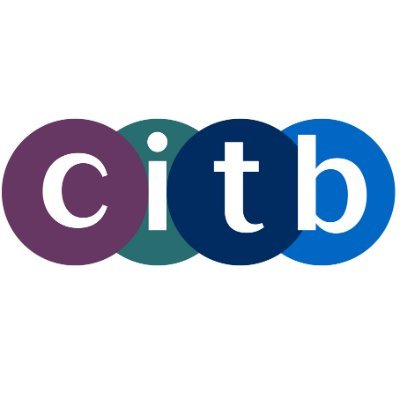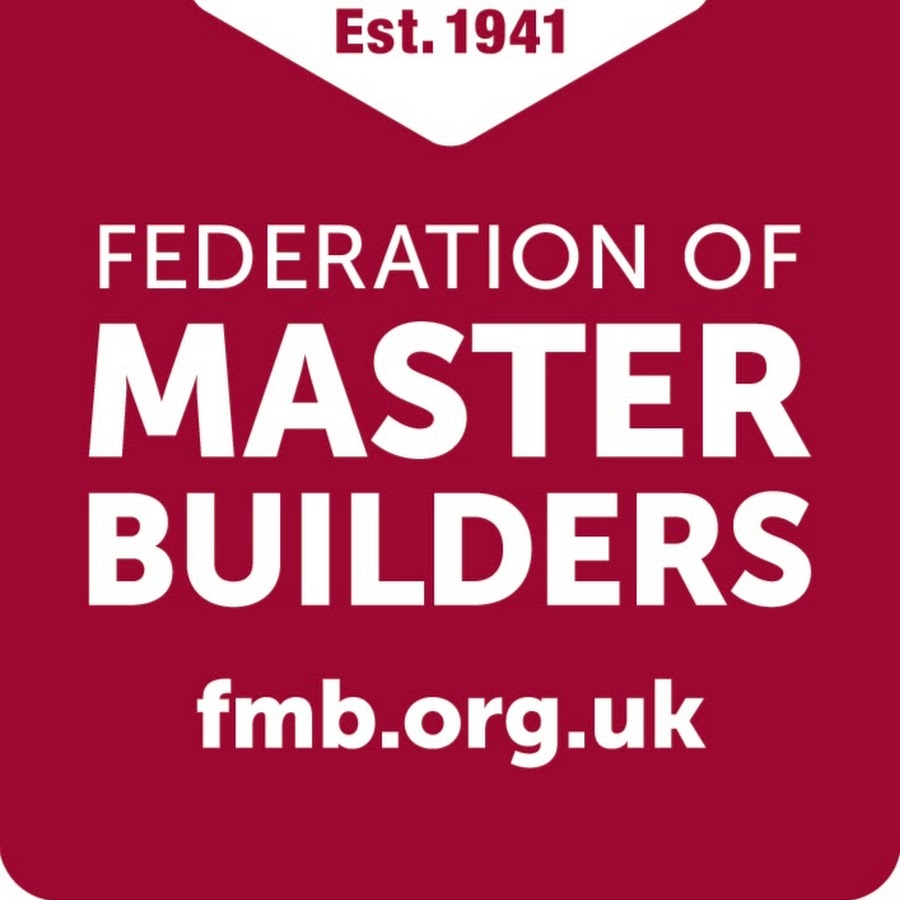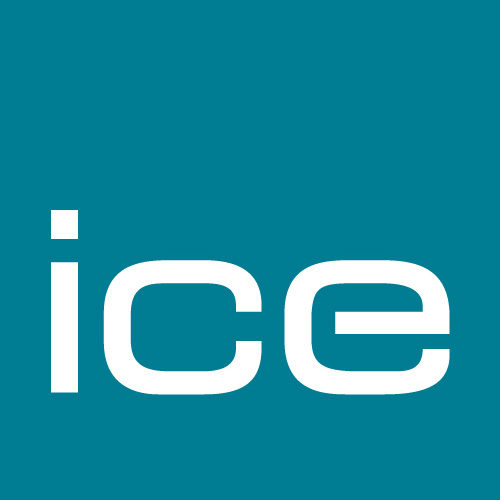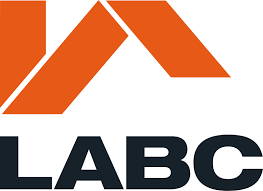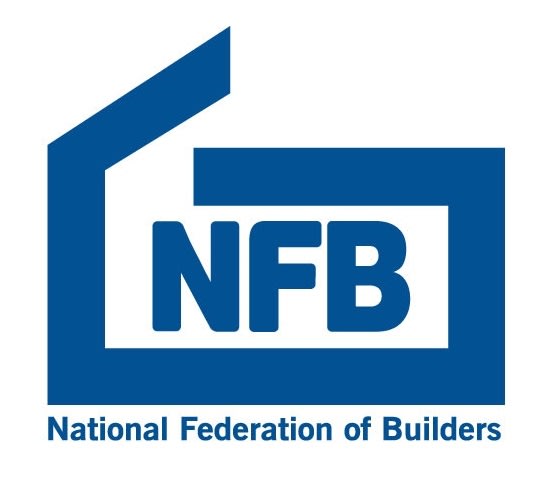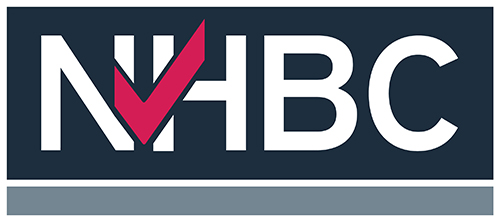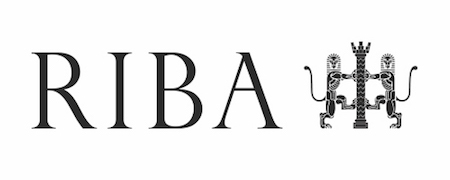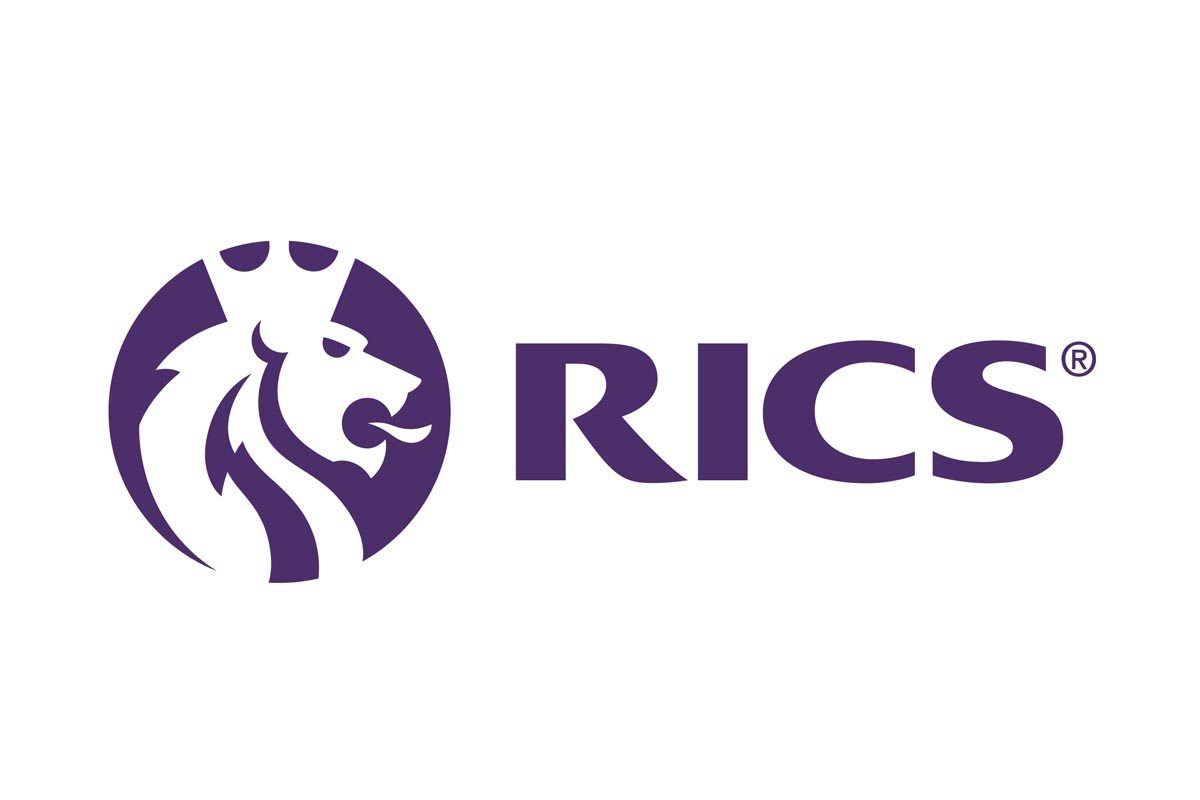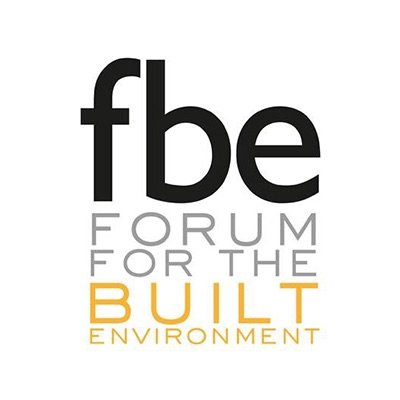Have we made enough progress towards more creative procurement?

If Rider Levett Bucknall’s (RLB) third and latest procurement trends survey ‘Getting Closer to Your Supply Chain’, is anything to go by, no we have not.
This month Martyn Jones argues that the RLB report provides a timely but not hugely encouraging snapshot of procurement approaches from a supply chain perspective. Its publication coincides with a time when the industry is flat out trying to meet demand, with consultants, main contractors, specialist and trade contractor, and suppliers all trying to capture the resources they need to deliver project outcomes.
Securing skills, plant and materials has become very challenging with ongoing illness, low stockpiles, logistical uncertainties caused by the pandemic and Brexit, and the hike in energy prices exasperated by the war in Ukraine. The shortages are leading to problems with programme delivery and sharply increasing prices.
This means traditional procurement- often based on lowest price and the transfer of significant risks down the supply chain – is not just as questionable as ever, but now no longer possible. With a healthy pipeline of work across the industry, main contractors can afford to choose the projects and clients that they see as being more straightforward and less likely to cause them contractual difficulties. Similarly, specialist and trade contractors can be pickier when it comes to working with main contractors. This means that the need to work collaboratively with trusted partners within an effective procurement and supply chain strategy is more necessary than ever.
And that’s before we look beyond our present difficulties and consider the role that procurement will play in shaping the future of construction. As we know, procurement can lead, support and change industry practice for the better in a number of key industry areas and play a significant part in setting our future agenda including procuring:
· for value, including safety and sustainability, and propelling a race to the top rather than the bottom
· to ensure that the full range of design and procurement options – including harnessing the benefits of Modern Methods of Construction (MMC) and platform-based Design for Manufacturing and Assembly (DfMA) – are considered in the early stages of projects
· to create a project environment based with greater openness and efficiency by requiring digitisation and the continuity of BIM usage through the lifecycle
· to embed the ‘Golden Thread’ in design and construction processes by insisting that information is woven intrinsically into procurement strategies so that quality is built in, appropriately resourced and sustained, and verified at all stages of the lifecycle.
The RLB survey provides a timely indicator of what progress we are making in procuring more creatively to meet these challenges. But, does it reveal the transformation in procurement that we need to address the stark challenges we face? Here are some of the main findings from the survey:
· We have an active market with strong pipelines of work
· There is a significant decrease in the fixed price periods offered since the last RLB survey
· The appetite for significant design risk by contractors appears to have waned as they focus on securing profitable and low-risk work
· There has been a noticeable fall in the use of Single Stage routes and an increase in the use of Two Stage and Frameworks. The growth in Two-Stage has outstripped the use of Negotiated routes and this suggests that the increased use of Frameworks by the public sector is partly responsible for this shift. But still, only 27% use Two Stage routes to market
· Only 20% of projects are currently Negotiated.
· In Design and Build, Stage 4 is now the significant part of the tender volume, with 71 % of projects issuing Stage 4 design information with Design and Build information: ‘Thoroughbred’ design and build is now a rarity. Factors contributing to this could be the push from clients towards greater quality and the need to retain design control for longer in the process. Covid uncertainty last year may also have contributed too as clients pushed back on large investment decisions providing them with the opportunity to progress design further than normal. Contractor aversion to design risk is also a likely factor in a market where contractors now face significant price and sourcing risks
· Construction Management and Management Contracting approaches to procurement remain a tiny proportion of surveyed volume but have also decreased in the period since the last survey.
Does this survey reveal the degree of creativity in procurement we need to deal with the challenges we face? Clearly not, although we are seeing some small steps such as an increase in Two Stage but clients and their advisers need to now debate and seriously reconsider their procurement approaches rather than try to get back to the normal way of doing business before the pandemic.
Clients, their advisers and their suppliers need to negotiate and commit to a new compact. Many private sector clients have always been comfortable with the Negotiated route but do public clients have the skilled negotiators with the ability to emulate the private sector and negotiate desired outcomes within a robust business case or investment appraisal? Can they set the parameters of what they need and what they can and cannot concede without tendering?
Surely, there’s a huge role here for skilled and experienced advisors with the necessary knowledge, emotional intelligence and nous to ensure that the negotiated value and risk allocation will prove to be fair and deliverable for all parties.


